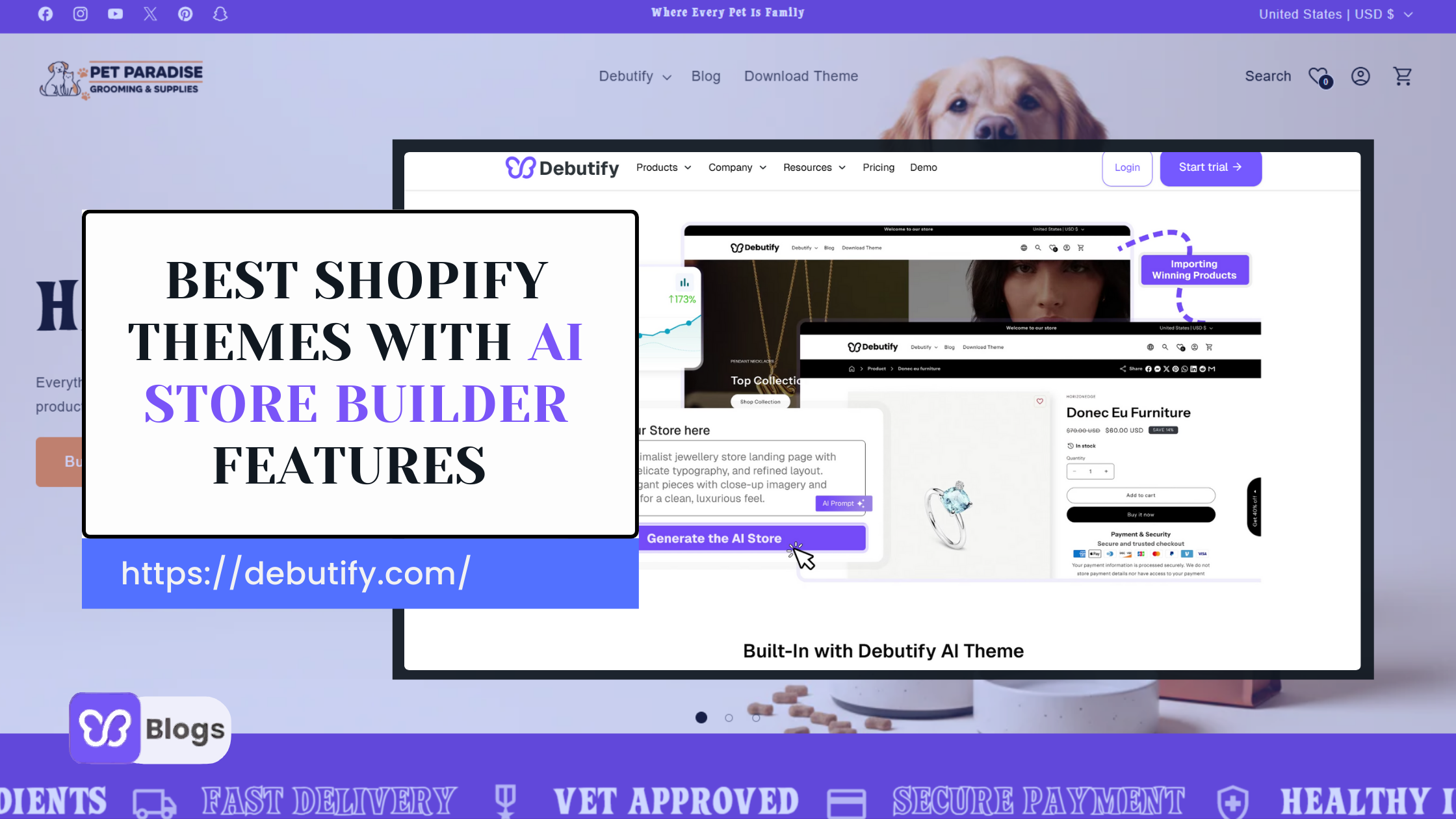Did you know that over 70% of consumers research products online before making a purchase in-store? This statistic underscores the growing significance of Online to Offline (O2O) Commerce in today's business landscape.
Online to Offline (O2O) Commerce refers to the seamless integration of online platforms with physical stores to create a unified shopping experience for customers. It involves using online channels and mortar stores to attract and engage customers, ultimately driving them to make purchases in physical stores.
O2O Commerce has become increasingly vital for businesses looking to stay competitive in a digital age. By bridging the gap between online and offline shopping experiences, O2O strategies offer numerous benefits, such as:
1. Enhanced Customer Experience: O2O Commerce provides customers with the convenience of browsing products online and the option to experience them in person before making a purchase. This omnichannel approach leads to higher customer satisfaction and loyalty.
2. Increased Foot Traffic: By leveraging online marketing tactics to drive customers to physical stores, businesses can boost foot traffic and sales. O2O strategies help businesses reach a wider audience of online shoppers and attract more local customers.
3. Data-driven Insights: O2O Commerce allows businesses to collect valuable data on customer behavior and preferences across online and offline channels. By analyzing this data, businesses can make informed decisions to optimize their marketing efforts and improve the overall customer experience.
4. Competitive Advantage: In a crowded marketplace, businesses that effectively implement O2O strategies gain a competitive edge. By offering a seamless shopping experience that combines the convenience of online shopping with the tangibility of in-store experiences online and physical strategies, businesses can differentiate themselves from competitors.
In this blog, we will delve deeper into the world of O2O Commerce and explore the strategies that businesses can implement to leverage this trend effectively. We will discuss case studies of successful O2O implementations, practical tips for integrating online and offline channels, and the future outlook of O2O Commerce in the evolving business landscape.
Join us on this journey to discover how O2O Commerce is reshaping the way businesses connect with customers and drive growth in today's digital era.







